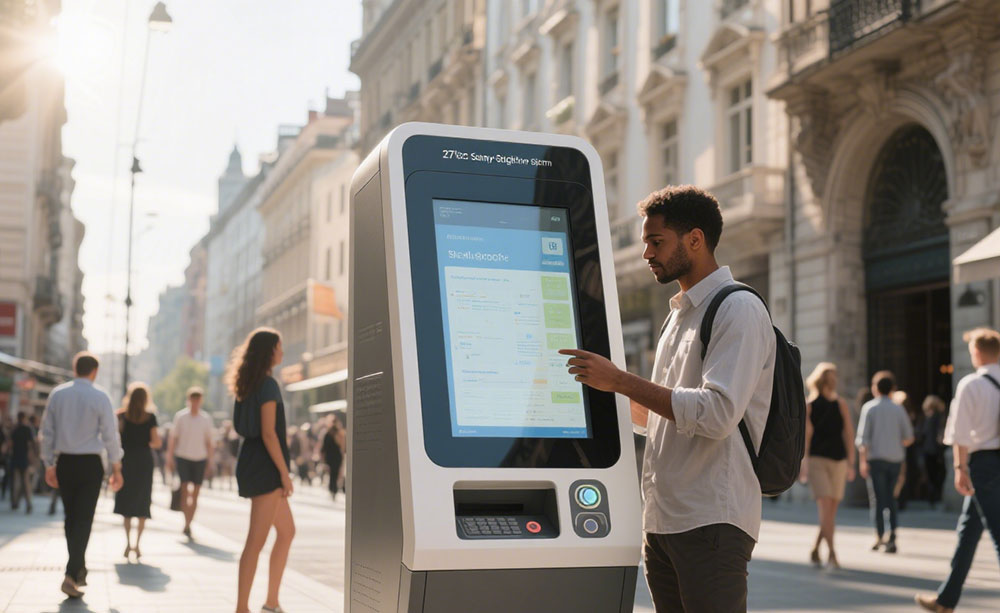Outdoor LCD displays are increasingly essential in modern infrastructure—from digital signage in public spaces to industrial monitoring systems. One critical factor that determines their reliability and longevity is the IP66 waterproof rating, a standardized measure defined by the International Electrotechnical Commission (IEC) under IEC 60529.
An IP66 rating means the display is dust-tight (6) and protected against powerful water jets from any direction (6). This makes it ideal for harsh environments such as construction sites, transportation hubs, or coastal installations where exposure to rain, humidity, or even high-pressure cleaning is common. Unlike lower ratings like IP54, which only resist splashing water, IP66 ensures no ingress of dust particles and withstands water projected by a 6.3mm nozzle at a pressure of 100 kPa (about 14.5 psi) from a distance of 3 meters for 3 minutes per test.

From an engineering perspective, achieving IP66 requires meticulous design. Sealing methods include gaskets made of silicone or EPDM rubber, sealed enclosures with welded joints, and anti-condensation ventilation systems. These features prevent internal moisture buildup—a major cause of premature failure in outdoor electronics. In fact, field studies by companies like LG Electronics and Samsung have shown that IP66-rated outdoor displays last 2–3 times longer than non-rated counterparts in humid tropical climates.
Moreover, compliance with IP66 enhances system uptime and reduces maintenance costs—key metrics for facility managers and city planners. For example, a case study from a London transport authority revealed a 78% reduction in screen failures after upgrading to IP66-rated displays in bus shelters exposed to frequent rain and street spray.
In conclusion, selecting outdoor LCD screens with IP66 certification is not just about meeting basic environmental standards—it’s a strategic decision for operational resilience. Whether deploying for retail advertising, public safety, or smart city applications, IP66 protection ensures performance consistency in unpredictable weather conditions. Always verify manufacturer test reports and consider third-party certifications (e.g., UL or CE) to ensure true compliance.







